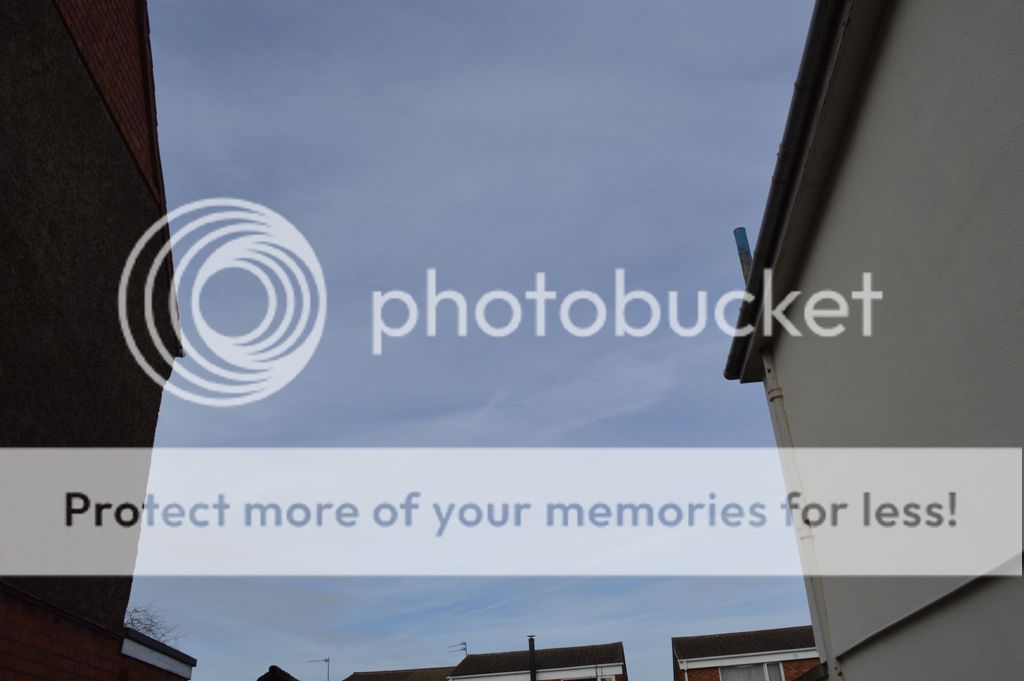A Parcel arrived at Maison-Tef this morning. It contained a Lenningrad 4 selenium cell exposure meter. Made in the Soveit Union in 1976, a perfect partner to the Russian Zennit ER I've had for eons but never really used.... but to be pressed into action becouse my Daughter wants to learn something about 'proper' photrography.
Just checked this meters calibration on a couple of incident readings inside & outside against my Nikon, and, pretty impressive! Things almost bang-on with what the Nikon suggests, from something made in Russia at the time of the goolags, that doesn't even have batteries!
Ok, its a nice day here; must be fairly good weather, the bikers are out! At lattitude 52.51953 North. there's a BIT of cloud about, but its thin and clearing. I would call it.... 'Fairly-Sunny'
Just walked around the house, and getting ambient light readings from this bit of low-tech kit, between EV7 & EV8, depending whether I'm stood in shun or shade, nudged EV8.5 looking into the sun.
For (ISO)100ASA, EV7 gives 'between' 1/8 & 1/15th @ F16
EV7.5 my 'average' meter reading, gives 1/15th @ f16
EV8, upper reading gives 'between' 1/15 & 1/30th @ f16
The F16-Sunny rule would suggest that at for a day like this, with pretty clear sky's then, I ought to need, 100th @ f16 on ISO100...
But my ambient readings are suggesting, what two-stops over?
Repeat Excersise, taking some incident light readings, pointing at different subjects, Dark wood shed, white caravan, mid-tone (blue) car etc. Get EV's from about 8 to 10.
For (ISO)100ASA, EV8, upper reading gives 'between' 1/15 & 1/30th @ f16 (still)
EV9 my 'average' meter reading, gives 1/30th @ f16
EV10 my 'upper' meter reading, gives 1/60th @ f16
That's about one stop down from the F16-Sunny suggestion... but then? How 'sunny' is sunny? I said I thought it was 'fairly' sunny.... so one stop down, for a little cloud? Would that be about right?
Here's the sky, between my house and next door. Straight shot; ISO100; 1/100th @ f16...
A little under exposed, but not by AS much as the cameras meter suggested that wanted to knock off about a third of a stop.
What does this little experiment tell us?
Well... first, it makes me very pleased with my £2.50 e-bay bit of old junk light meter!
Second.... the F16-Sunny rule, is NOT a rule, its a guide-line. YOU the photographer have to judge, BY EYE how 'sunny' sunny is.
I reckoned it was 'fairly sunny' before I started... so I ought have erred from the 'rule' and upped my exposure a bit... how much?
F16/100/100 at the sky is about 1/3 of a stop under exposed according to the camera, BUT, look at the walls either side, one gray, one white. They are still a bit dark... they would have been darker still had I let the camera do its thing.... it was metering on middle of frame, the bright sky.....
What would I need to get the detail in those walls, or bring the right hand wall back to white? Possibly a full stop more?
Couple of clicks in Photoshop to see, and, one stop extra is still a little dull, but better, two, its looking more natural, but the sky has almost dissapeared. And if I was shooting in the shaddows? Well, might need even more.
SO.... back to the Leningrad readings; Knew at the beginning it wasn't going to be 'bang-on' f16-sunny, becouse it was only 'fairly' sunny.... I wouldn't have called this 'very' cloudy', though sky is a bit white, its not thick cloud; but F16-Sunny would suggest one extra stop for it.... incident readings from the meter agree with that, ambient readings suggest two..... BUT look at the subject....
USE YOUR EYE
F16-Sunny, gives you SOME 'guidance' what exposure settings may be apropriate for the conditions.
The Leningrad gave alternative 'guidance' for what exposure settings may be apropriate for the conditions.
The camera gave even more... and tried to use them.....
NONE of them were 'exactly' right.....
You have to USE YOUR EYE and make your OWN decissions.
And in THAT sense, the F16-Sunny rule offers as good guidance as a cheap and simple meter, and probably BETTER guidance than a very sophisticated and expensive integrated meter in the camera... that tries to force its suggestions on you.
ACCURACY means nothing here. You could have incredibly accurate lumins data of light levels all around the house, means absolutely nothing, and be absolutely no help what so EVER, unless you know what to DO with it, and can use it to make that judgement call as the photographer in charge!





 I'd neve really understood it before
I'd neve really understood it before